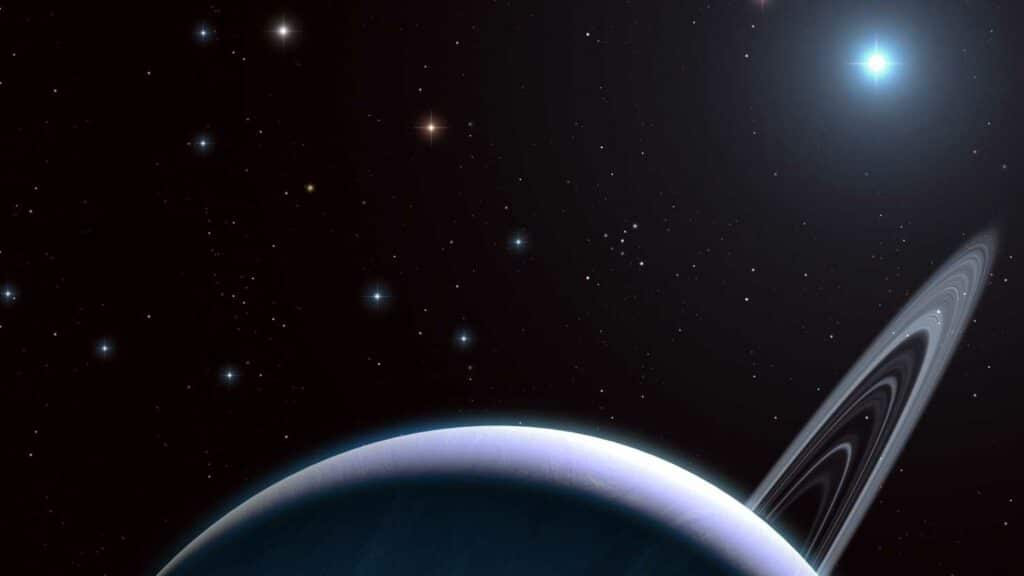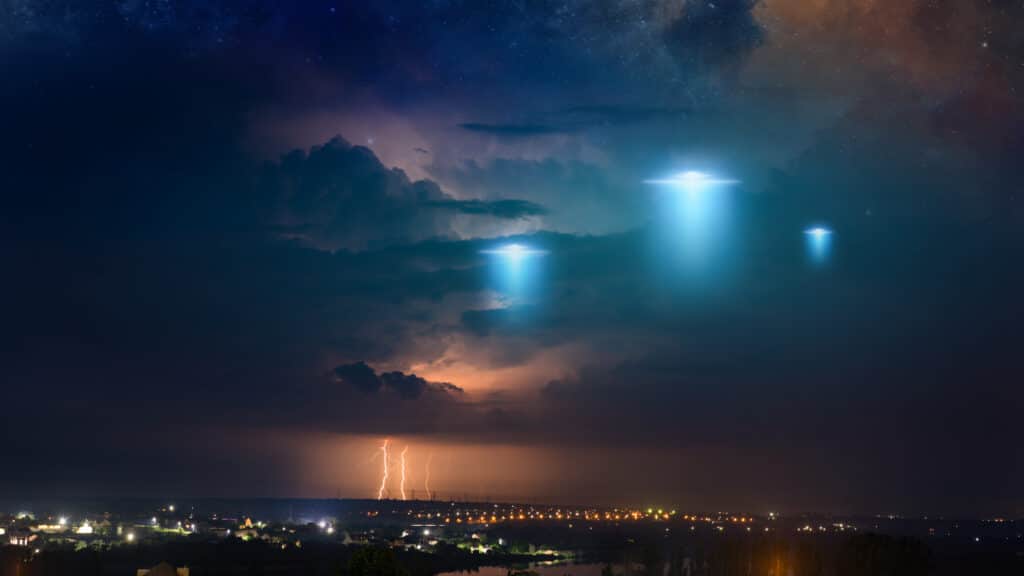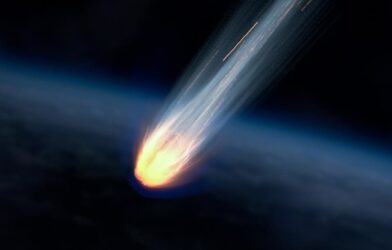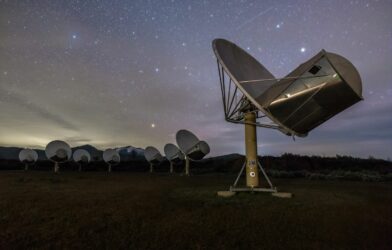In a significant shift in the search for alien life, researchers are now exploring not just biological indicators but also technological ones. A new study proposes that atmospheric oxygen on distant planets could be vital to the development of advanced technology.
The study, funded in part by NASA, delves into how oxygen’s role extends beyond supporting life to potentially indicating the presence of advanced civilizations.
“We are ready to find signatures of life on alien worlds. But how do the conditions on a planet tell us about the possibilities for intelligent, technology-producing life?” says study author Adam Frank, the Helen F. and Fred H. Gowen Professor of Physics and Astronomy at the University of Rochester and the author of “The Little Book of Aliens,” in a media release.

Study co-author Amedeo Balbi, an associate professor of astronomy and astrophysics at the University of Roma Tor Vergata in Italy, adds, “In our paper, we explore whether any atmospheric composition would be compatible with the presence of advanced technology. We found that the atmospheric requirements may be quite stringent.”
In the study, researchers introduce the concept of “technospheres,” which are realms of advanced technology that could emit “technosignatures,” or signs of extraterrestrial intelligence.
The key to these technospheres is oxygen’s role in fire development, an essential element in advancing technology. Earth’s history shows that controlled fire use and subsequent technological advances, such as metallurgy, were only possible when atmospheric oxygen levels reached or exceeded 18 percent.
This leads to the concept of the “oxygen bottleneck.”
“You might be able to get biology — you might even be able to get intelligent creatures — in a world that doesn’t have oxygen,” explains Frank says, “but without a ready source of fire, you’re never going to develop higher technology because higher technology requires fuel and melting.”
The study argues for putting planets with high oxygen levels first in the search for extraterrestrial technosignatures.

“Targeting planets with high oxygen levels should be prioritized because the presence or absence of high oxygen levels in exoplanet atmospheres could be a major clue in finding potential technosignatures,” says Frank.
Balbi states that discovering intelligent, technological life on another planet would have immense implications.
“Therefore, we need to be extremely cautious in interpreting possible detections,” says Balbi. “Our study suggests that we should be skeptical of potential technosignatures from a planet with insufficient atmospheric oxygen.”
The research presents a novel approach in the ongoing quest to discover intelligent life beyond Earth. By focusing on atmospheric oxygen as a potential indicator of advanced alien technologies, it opens a new avenue in the search for extraterrestrial civilizations.
The study is published in the journal Nature Astronomy.












